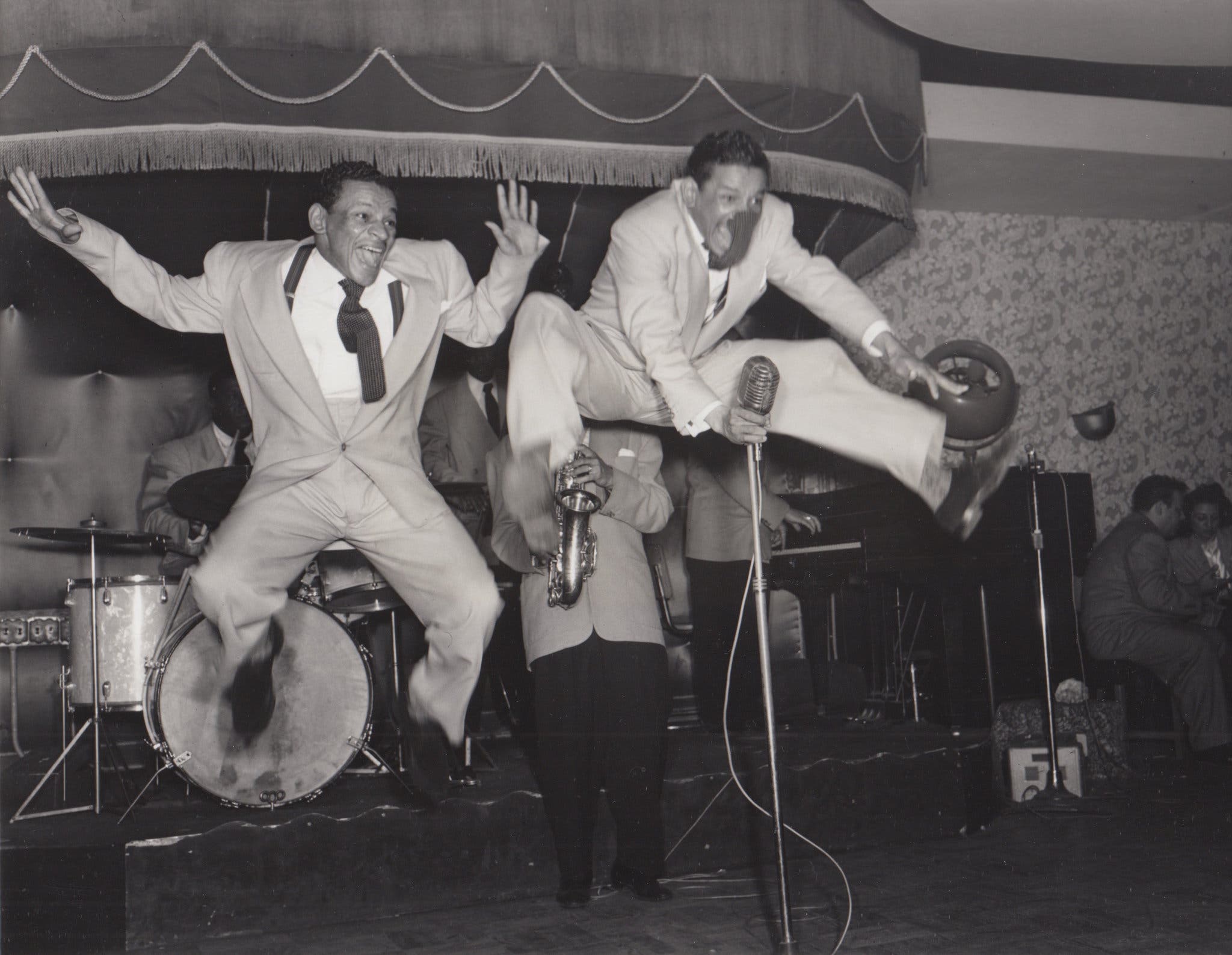In examining the transformative influence of rock ’n’ roll as a cultural phenomenon, one may posit the question: Did this musical genre play a significant role in integrating the races? The implications of this inquiry transcend mere musical appreciation; they delve into the sociocultural fabric of America during the mid-20th century, a time of paramount racial tension and systemic division. This article explores the intersection of Bahá’í teachings with the historical evolution of rock ’n’ roll, seeking to illuminate its contributions toward racial integration and unity.
Rock ’n’ roll emerged in the 1950s as a revolutionary force in popular music, characterized by its fusion of various musical styles, including rhythm and blues, country, and gospel. This eclectic blend not only gave birth to new soundscapes but also served as a conduit for cultural cross-pollination. Consider the electrifying performances of Chuck Berry or Little Richard, whose artistry captivated diverse audiences, compelling them to transcend racial boundaries in both appreciation and participation. This phenomenon invites a deeper contemplation: could such musical intermingling have prefigured larger societal shifts toward racial harmony?
Bahá’í teachings advocate for universal peace and the oneness of humanity. Core tenets emphasize the necessity of eliminating racial prejudices and embracing diversity as an expression of divine creation. The Bahá’í worldview posits that the prosperity of humankind hinges upon the recognition of the interconnectedness of all people. Within this framework, rock ’n’ roll can be seen not merely as a genre, but as an instrument for fostering unity. The music itself became a platform for dialogue, transcending the segregated spaces that characterized American life.
Moreover, the prominence of integrated bands—such as the interracial Johnny Rivers Band—served as a potent symbol of integration at a time when such collaborations were often met with societal resistance. The successful commercial appeal of these groups highlighted an audience’s readiness for a more inclusive narrative in popular culture. The melodies resonated with listeners across racial lines, creating a compelling challenge to the prevailing norms of segregation. In this regard, one might argue that rock ’n’ roll acted as a precursor to the civil rights movement, galvanizing support and solidarity among diverse populations.
Yet, it is crucial to dissect the complexities surrounding this integration narrative. While rock ’n’ roll facilitated a shared cultural experience, it also reflected the inherent contradictions within American society. The appropriation of Black musical traditions by predominantly white artists often led to contentious debates surrounding authenticity and ownership. Iconic figures, such as Elvis Presley, benefitted from the exposure and commercial success of Black music, yet they were sometimes criticized for overshadowing the original contributors. This poses an intriguing dilemma: to what extent can one claim that the rise of rock ’n’ roll genuinely fostered racial harmony when its very essence was intertwined with exploitation?
Intriguingly, Bahá’í teachings encourage acknowledgment of such complexities, promoting a dialogue that embraces multiple narratives. In exploring the cultural dynamics of rock ’n’ roll, an analysis rooted in Bahá’í perspectives could yield insights into the greater struggles against oppression. The teachings advocate for a comprehensive understanding of history—a necessity when contemplating the legacies embedded within the fabric of musical genres. Recognizing the contributions of both Black and white artists in this evolution allows for a more nuanced appreciation of rock ’n’ roll’s role in bridging racial divides.
As the dynamics of rock ’n’ roll evolved, so too did its capacity for social critique. Artists increasingly used their platforms to address social justice issues, reflecting the zeitgeist of the 1960s and 1970s. Songs like “Black Man” by Stevie Wonder not only celebrated racial unity but called for active participation in the fight against discrimination. This period epitomized a critical juncture where music and activism were inextricably linked. Here again, the resonance of Bahá’í principles is palpable, as they encourage engagement in discourse that promotes justice, equity, and compassion across all societal strata.
In evaluating the pedagogical implications of rock ’n’ roll, we find an undeniable assertion that music can serve as a catalyst for understanding and empathy. The shared rhythms and melodies often induced a sense of kinship among disparate groups, engendering a collective ethos that celebrated diversity rather than perpetuating division. With each note played, there existed a subtle reinforcement of the belief that the richness of human experience is derived from our shared narratives.
Ultimately, the inquiry of whether rock ’n’ roll helped integrate the races cannot yield a simplistic answer. While it became instrumental in fostering dialogue and collective celebration of diversity, it also shed light on the ongoing struggles against systemic inequalities. Acknowledgment of the multifaceted nature of this phenomenon is essential in appreciating its legacy. The exploration of rock ’n’ roll through the lens of Bahá’í teachings challenges us to reflect on the profound possibilities for unity that exist, even amidst complexities and contradictions.
In conclusion, it is apparent that rock ’n’ roll, while a powerful agent of cultural integration, simultaneously reveals the labyrinthine nature of race relations in America. Much like the Bahá’í vision for a just and equitable society, the music beckons us toward a more profound understanding of our interconnected human existence. Engaging with music as a vehicle for social change, in conjunction with a commitment to the principles of oneness and justice, paves the path for a future where, indeed, we may celebrate our differences while forging together into a harmonious tapestry of humanity.
